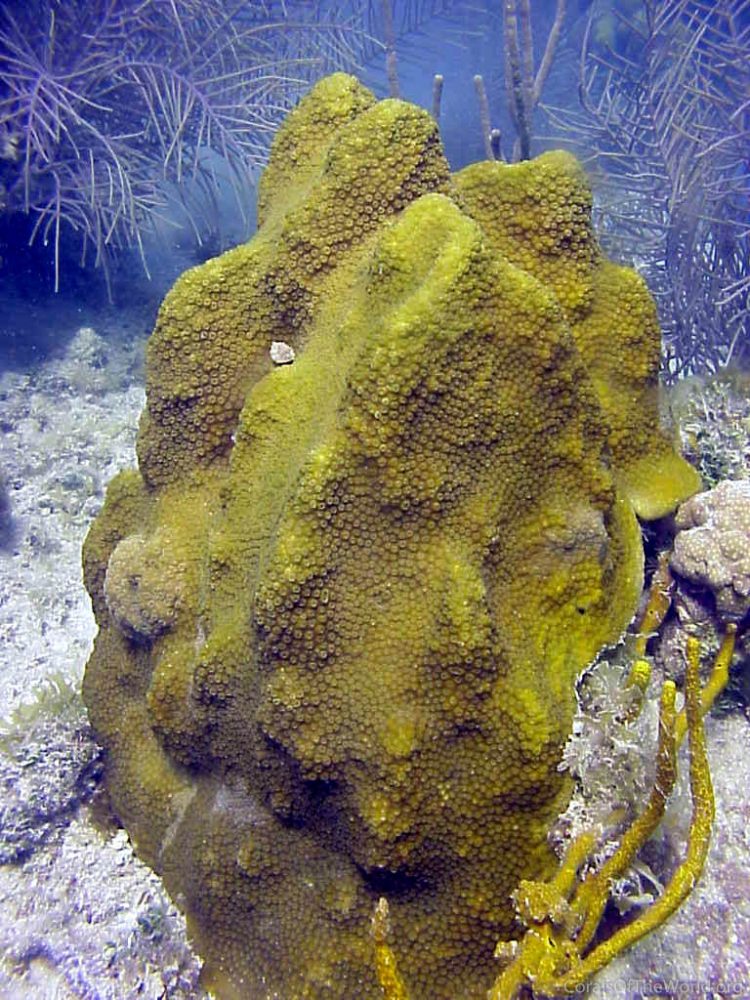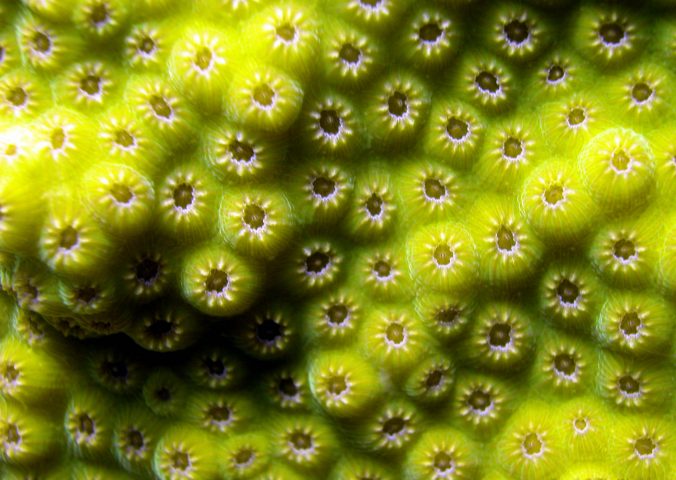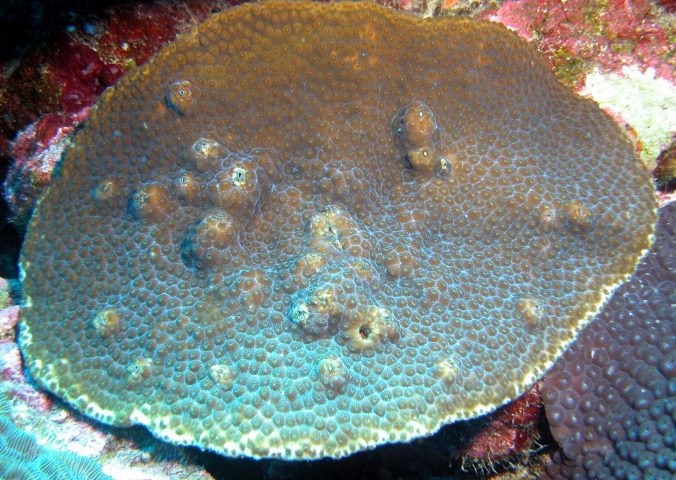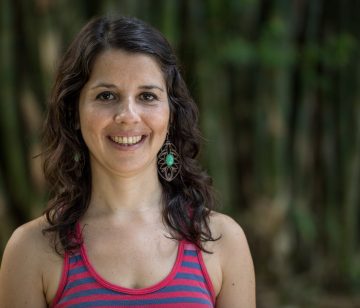About
Until recently, this species was included under Orbicella annularis. In 1994 O. annularis was split into three separate species; O.faveolata, O.annularis and O.franksi.
This species is widespread and common throughout the Caribbean and provides much of the 3D habitat utilized by life on the reef. Unfortunately this species is also susceptible to disease and the population has declined significantly as a result.
O. franksi reproduces sexually through a process known as broadcast spawning. This means that, in response to an environmental trigger (related to the moon cycle) all members of the species will simultaneously release eggs and sperm into the water column for external fertilization. As hermaphrodites, members of this coral species are both male and female and so each polyp can release both sex gametes (eggs and sperm).
Reference:
Huang D, Benzoni F, Fukami H, Knowlton N, Smith ND, Budd AF (2014) Taxonomic classification of the reef coral families Merulinidae, Montastraeidae, and Diploastraeidae (Cnidaria: Anthozoa: Scleractinia). Zoological Journal of the Linnean Society 171: 277–355
- Order: Scleractinia
- Family: Faviidae
- Trend: decreasing
- Colony Size: Up to several meters across
- Depth Range (m): 5 - 50m
EDGE Score
Distribution
O.franksi is found right across the Western Atlantic; from the Gulf of Mexico, Latin America, north to Bermuda and throughout the Caribbean, south to Venezuela.
Habitat and Ecology
O.franksi is a common species on Caribbean reefs, and can be seen slightly deeper than its Oribicella species counterparts – down to a depth of 50m. It is a key reef builder and is often the most abundant coral species on shallow fore-reef environments from 15-30m.
Unfortunately, the majority of corals are under great threat from global climate change. In particular, temperature extremes leading to bleaching and increased susceptibility to disease, increased severity of ENSO events and storms, and ocean acidification.



